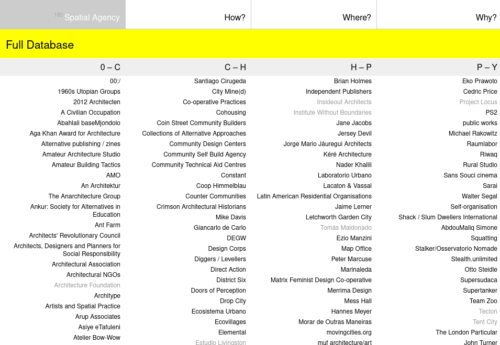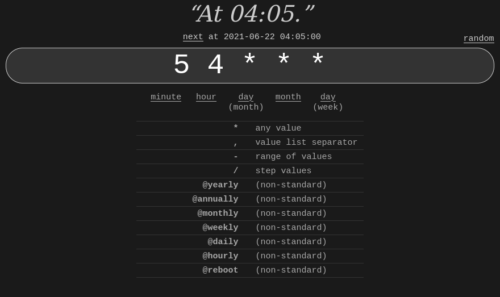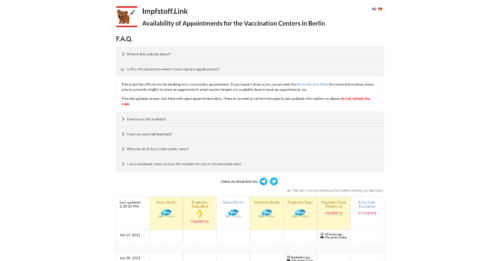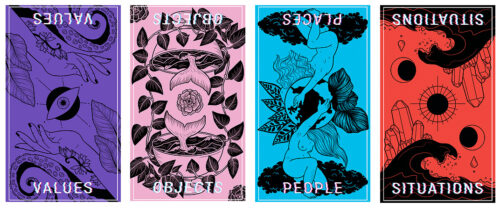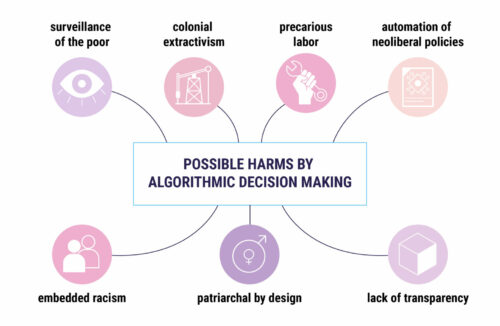«Tiers lieux» : Jean Castex encense la valeur trouvaille
Espaces de coworking pour allergiques au travail en solitaire, fabriques numériques, friches culturelles, mais aussi ateliers, cuisines ou jardins partagés… Encore méconnus du grand public, les «tiers lieux» ne pèsent pas bien lourd sur le papier : en 2021, on en comptait 2 500 en France et 150 000 personnes y travaillaient comme indépendants ou salariés de microentreprises pour un chiffre d’affaires cumulé d’environ 250 millions d’euros. Mais dans les métropoles comme dans des communes plus modestes, sur le terrain associatif et entrepreneurial, ces laboratoires de l’innovation laborieuse, technologique et sociale s’épanouissent «comme 100 fleurs», à en croire Patrick Levy-Waitz qui en paraphraserait presque Mao. Le président de l’association France tiers lieux et de la Fondation travailler autrement doit remettre ce vendredi à Jean Castex un rapport intitulé «Tiers lieux, nos territoires en action».


